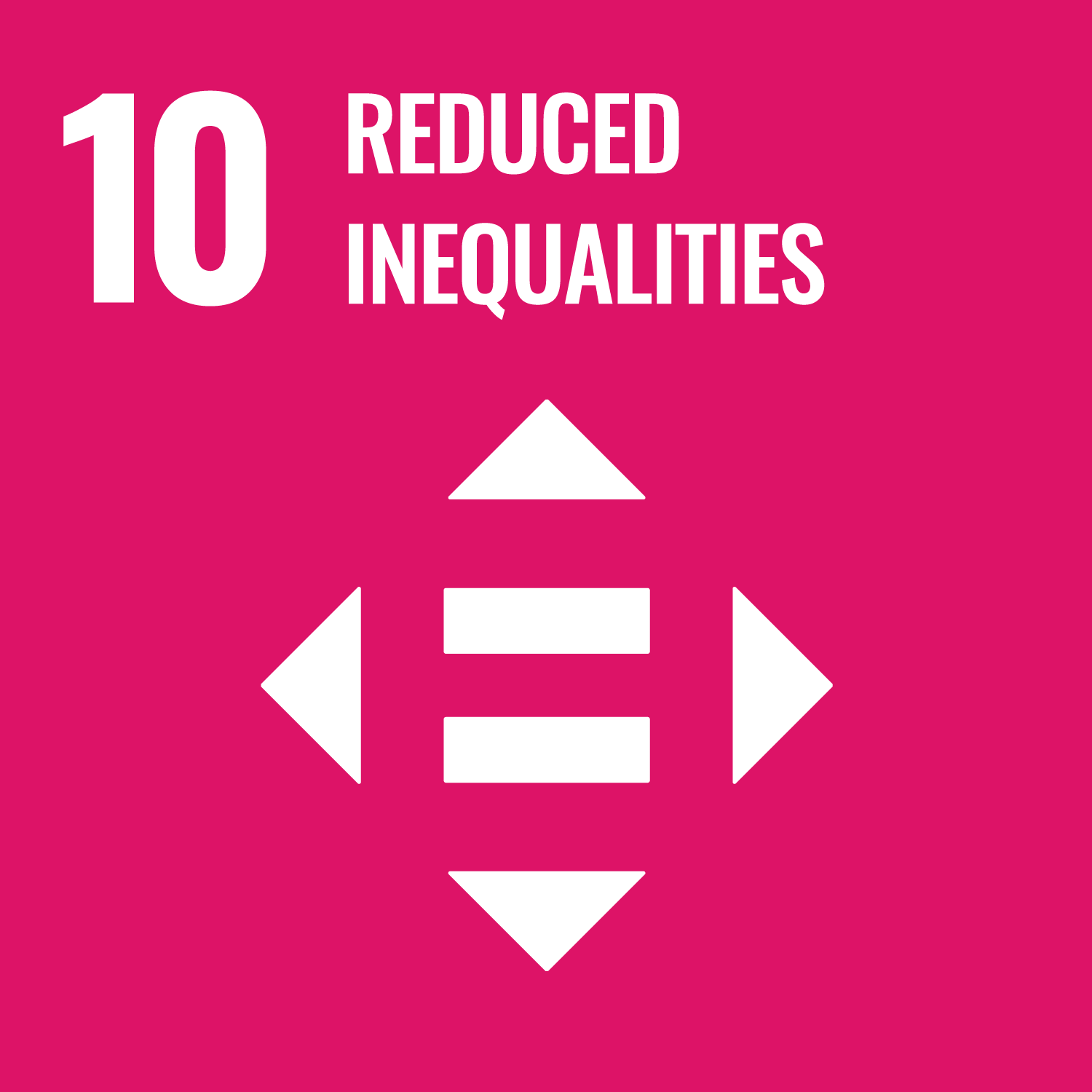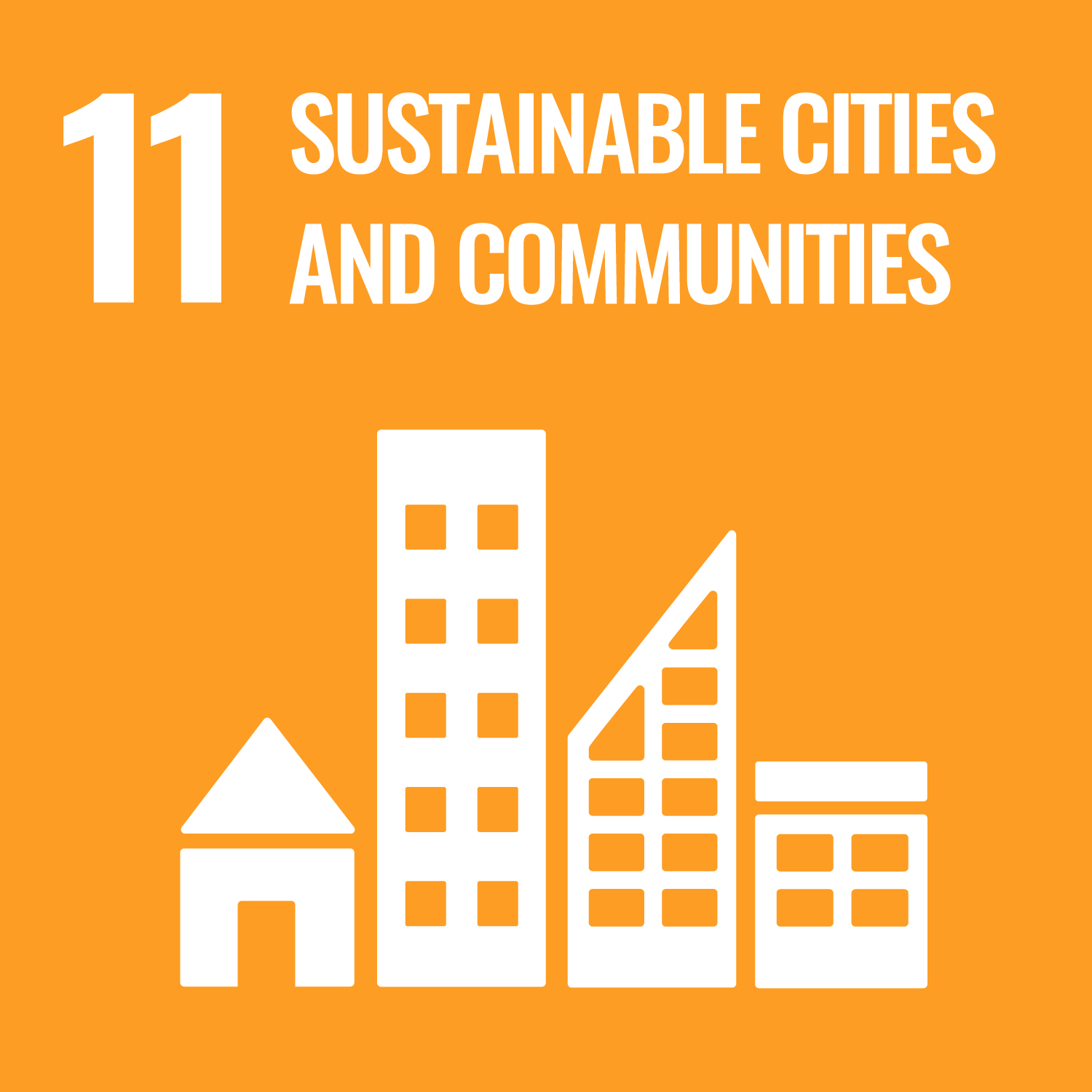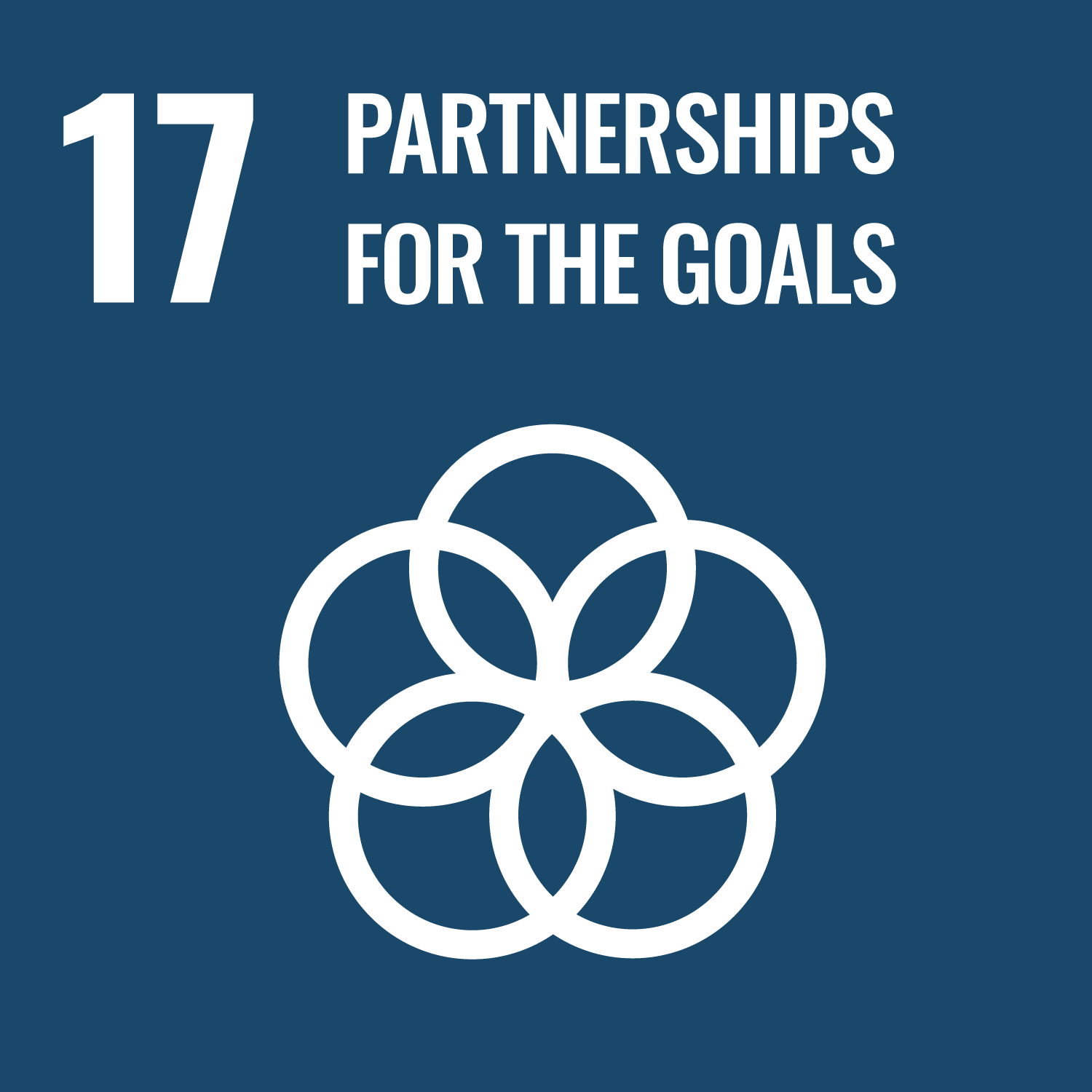An exchange program with MARKHI, Moscow Institute of Architecture (State academy) in Russia, based on the MOU between SIT.
Program (a) , a receiving year, is held in Japan, and Program (b), a sending year, is held in Russia.
In each program students spend aprx.4 weeks to design an urban facility with team members. All team consists of the same number of Russian and Japanese members, and collaborates by adjusting different thoughts, estimations and cultural background, so as to experience what's going to be happened in case of an international design projects.
Official language is English. Final results are to be the same level as an master-graduational work.
In each program students spend aprx.4 weeks to design an urban facility with team members. All team consists of the same number of Russian and Japanese members, and collaborates by adjusting different thoughts, estimations and cultural background, so as to experience what's going to be happened in case of an international design projects.
Official language is English. Final results are to be the same level as an master-graduational work.
To be able to design architecture with an international common sense.
To be able to communicate with foreign colleague with deferent architectural culture.
To progress each ability for designing and making presentation.
To be able to communicate with foreign colleague with deferent architectural culture.
To progress each ability for designing and making presentation.
| Goals and objectives | Course Outcomes | |
|---|---|---|
| 1. | To be able to design architecture with an international common sense. |
6. ,
7 ,
9.
|
| 2. | To be able to communicate with foreign colleague with deferent architectural culture. |
6. ,
7 ,
9.
|
| 3. | To progress each ability for designing and making presentation. |
6. ,
7 ,
9.
|
| presentation 1-3 | mid-jury | presentation 4-8 | final jury | Total. | |
|---|---|---|---|---|---|
| 1. | 4% | 12% | 4% | 20% | 40% |
| 2. | 4% | 12% | 4% | 20% | 40% |
| 3. | 2% | 6% | 2% | 10% | 20% |
| 4. | 0% | ||||
| Total. | 10% | 30% | 10% | 50% | - |
| Class schedule | HW assignments (Including preparation and review of the class.) | Amount of Time Required | |
|---|---|---|---|
| 1. | study and visit some urban area and architectural pieces(tokyo) | making the model of the site | 140分 |
| 2. | study and visit some urban area and architectural pieces(kyoto, osaka) | sketch, note | 140分 |
| 3. | theme for design | esquisse 1 | 210分 |
| 4. | visit and analysis the site | esquisse 2 | 210分 |
| 5. | presentation 1 (writing the program、making the sketch and models1/500) |
esquisse 3 | 210分 |
| 6. | presentation 2 (re-programming, re-making the models, zoning plan1/500 and section1/500) |
esquisse 4 | 210分 |
| 7. | presentation 3 (plan1/500, section1/500, modei1/500) |
esquisse 5 | 210分 |
| 8. | mid-jury | esquisse 6 | 210分 |
| 9. | presentation 4 (plan1/200, section1/200, modei1/200) |
esquisse 7 | 210分 |
| 10. | presentation 5 (plan1/200, section1/200, modei1/200) |
esquisse 8 | 210分 |
| 11. | presentation 6 (plan1/200, section1/200, modei1/200, several perspective, detail drawing 1/50) |
esquisse 9 | 210分 |
| 12. | presentation 7 (plan1/200, section1/200, modei1/200, several perspective, detail drawing 1/50) |
esquisse 10 | 210分 |
| 13. | presentation 8 (plan1/200, section1/200, modei1/200, several perspective, detail drawing 1/50, presentation sheets) |
esquisse 11 | 210分 |
| 14. | final jury | editing the portfolio | 210分 |
| Total. | - | - | 2800分 |
Each presentations with mid and final presentation will be estimated under the above ratio.
perfect score is 100, and the score more than 60 is worthy of getting a credit.
perfect score is 100, and the score more than 60 is worthy of getting a credit.
| ways of feedback | specific contents about "Other" |
|---|---|
| Feedback in the class |
"Taira NISHIZAWA 1994-2004" (TOTO publish co.ltd)
"Taira NISHIZAWA 2004-2010, Wooden Works" (LIXI publish co.ltd)
"Nine articles for the contemporary city -Nine defects of the modern city-, Taira NISHIZAWA" (オーム社)
"Taira NISHIZAWA 2004-2010, Wooden Works" (LIXI publish co.ltd)
"Nine articles for the contemporary city -Nine defects of the modern city-, Taira NISHIZAWA" (オーム社)
- Course that cultivates a basic problem-solving skills
- Course that cultivates a basic interpersonal skills
| Work experience | Work experience and relevance to the course content if applicable |
|---|---|
| Applicable | All of students’ presentations will be reviewed and criticized under the normal standards of discussions at architects offices today. |





- 5.GENDER EQUALITY
- 10.REDUCED INEQUALITIES
- 11.SUSTAINABLE CITIES AND COMMUNITIES
- 12.RESPONSIBLE CONSUMPTION & PRODUCTION
- 17.PARTNERSHIPS FOR THE GOALS
Last modified : Wed Feb 14 04:05:47 JST 2024
